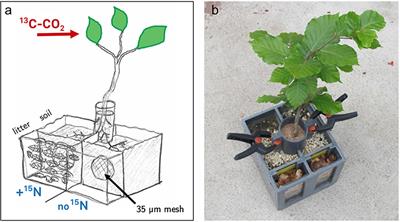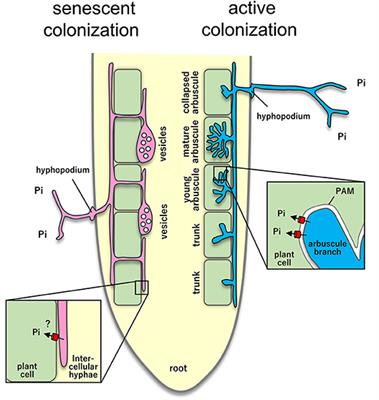EDITORIAL
Published on 10 Sep 2019
Editorial: Rhizosphere Functioning and Structural Development as Complex Interplay Between Plants, Microorganisms and Soil Minerals
doi 10.3389/fenvs.2019.00130
- 2,913 views
- 22 citations
48k
Total downloads
274k
Total views and downloads
Select the journal/section where you want your idea to be submitted:
EDITORIAL
Published on 10 Sep 2019
CORRECTION
Published on 09 Apr 2019

ORIGINAL RESEARCH
Published on 07 Mar 2019

ORIGINAL RESEARCH
Published on 26 Feb 2019

REVIEW
Published on 21 Feb 2019

REVIEW
Published on 09 Jan 2019

MINI REVIEW
Published on 19 Dec 2018
ORIGINAL RESEARCH
Published on 27 Nov 2018

ORIGINAL RESEARCH
Published on 27 Nov 2018

ORIGINAL RESEARCH
Published on 16 Oct 2018

ORIGINAL RESEARCH
Published on 02 Oct 2018

ORIGINAL RESEARCH
Published on 26 Sep 2018


Frontiers in Microbiology
Plant Pathogen InteractionsOffline
Frontiers in Plant Science